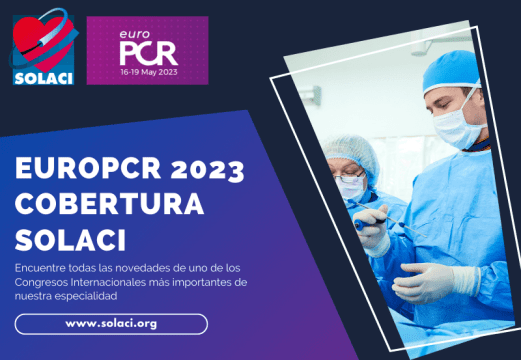With the expansion of transcatheter aortic valve replacement (TAVR) use in the low-risk population, more patients will need repeat valve replacement in the future, making it paramount to understand the performance of repeat TAVR. Currently, this information is limited.

The aim of this study was to analyze the real-world experience of performing a second TAVR using SAPIEN balloon-expandable valves. A second aim was to compare the safety and efficacy of repeat TAVR compared with initial TAVR, and to determine whether the results are dependent on the transcatheter heart valve (THV) index.
Of 348,338 patients who underwent TAVR with implantation of the EDWARDS balloon-expandable valve between 2011 and 2022, 1216 patients required a second TAVR. Out of these patients, 475 were in the Edwards THV index group and 741 patients were in the non-index THV group. Propensity score matching was used to homogenize the samples.
The primary endpoint (PEP) was death and stroke at 30 days and at 1 year. The secondary endpoint (SEP) was procedural, in-hospital, echocardiographic, and health status outcomes.
Mean patient age was 78 years old, and most subjects were male. The mean Society of Thoracic Surgeons (STS) score was 8.3 for the second TAVR group vs. 5.2 for the initial TAVR group (p < 0.01). In terms of the procedure, transfemoral access was the most common access in both groups, with similar success rates.
Regarding outcomes, there were no differences in the PEP at 30 days and 1 year. In turn, for the SEP, valve reintervention was significantly more frequent in the second TAVR group at 30 days and 1 year.
Conclusion
Performing new TAVR with balloon-expandable valves may be a reasonable therapeutic option for patients with failed initial TAVR. Long-term data are needed to stratify which type of valve is necessary in an initial scenario and which valve in a later scenario.

Dr. Andrés Rodríguez.
Member of the Editorial Board of SOLACI.org.
Original Title: Outcomes of repeat Transcatheter Aortic Valve Replacement with Ballon-expandable Valves.
Reference: R. Makkar et al.
Subscribe to our weekly newsletter
Get the latest scientific articles on interventional cardiology





